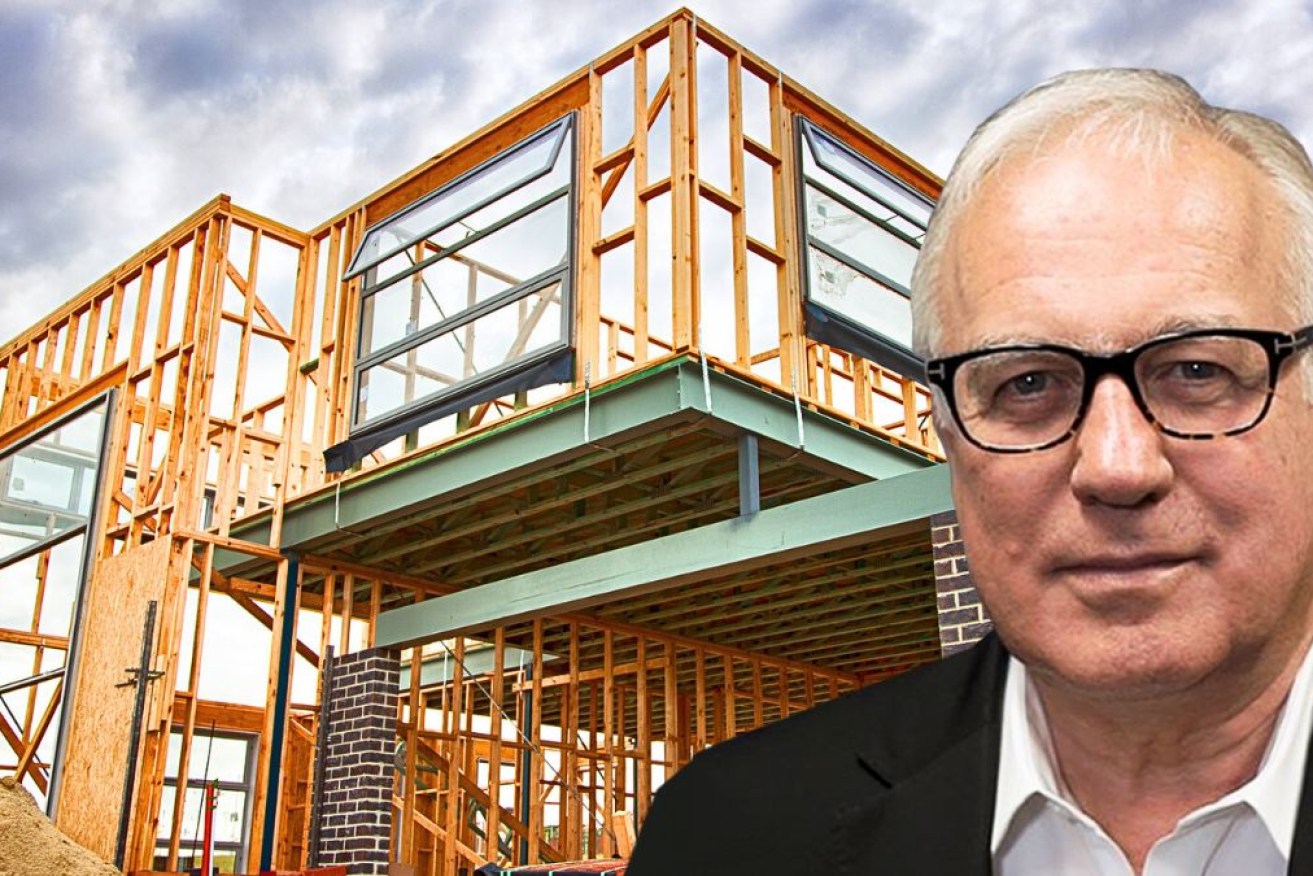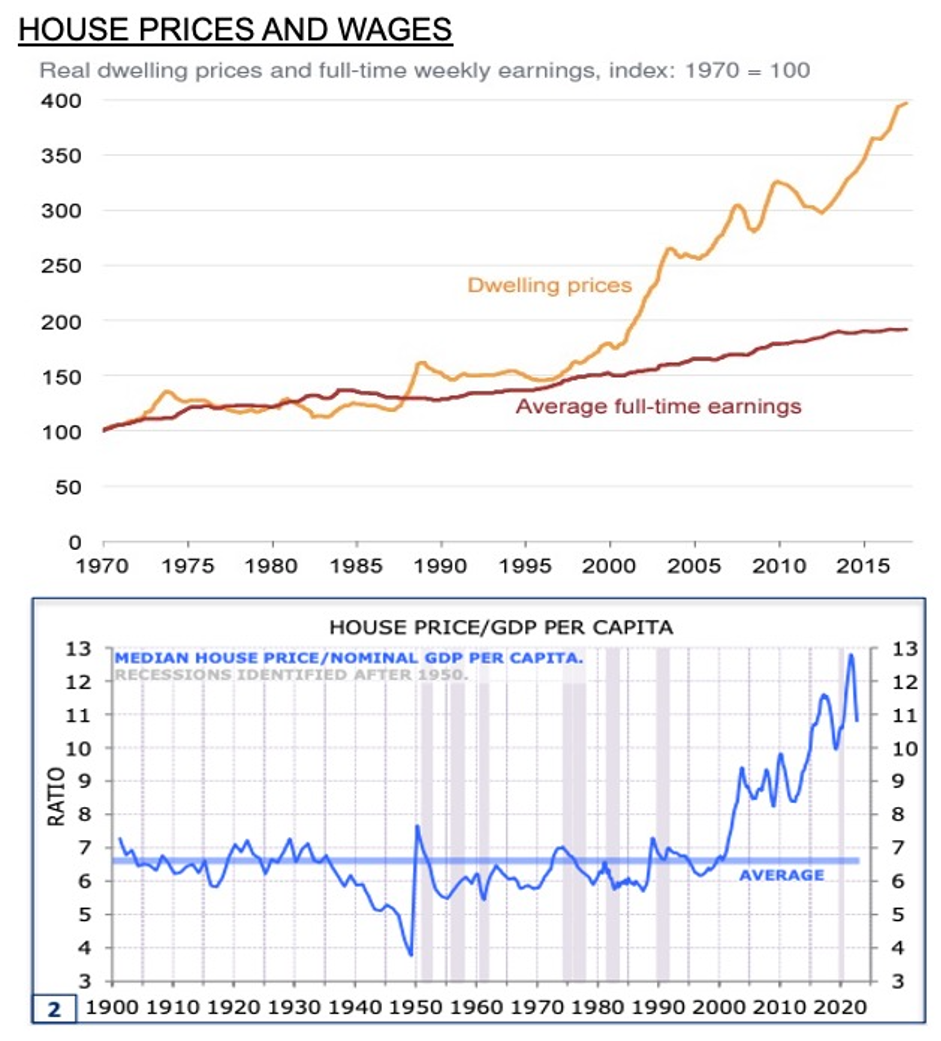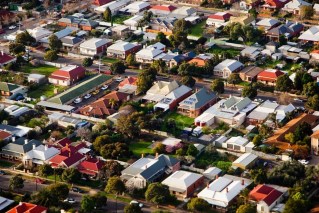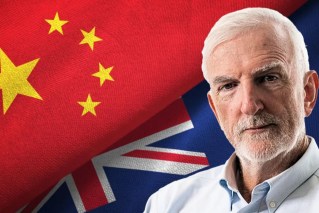Alan Kohler: Albanese and Chalmers must spend their first-term capital on housing


The beginning of the end of affordable housing in Australia happened in 2000.
Before then, the median house price was 3.5 times average household income, and house prices had been increasing at roughly the same rate, on average, as both incomes and GDP, or 3-4 per cent per annum.
In 2000, house prices went from increasing at roughly the same rate as both incomes and the economy, to double that rate, or an average of 6-7 per cent per annum, compound.
These two charts, which demonstrate that, are the starting point of my Quarterly Essay on housing, out today.

Source: Minack Advisers
As dozens of reviews, studies and inquiries have found, there are many causes of Australia’s housing affordability crisis, in particular immigration and restrictions on supply from NIMBYism and poor transport.
But the crisis began in 2000, so the first question that must be answered in any examination of it is – what happened in 1999?
The answer is that the rate of capital gains tax (CGT) was halved in September that year by John Howard and Peter Costello.
The idea was a recommendation in the Review of Business Taxation conducted by three businessmen who would benefit from it – John Ralph, Rick Allert and Bob Joss. In other words, it was not independent, but conflicted.
As I write in the Quarterly Essay: “That was a big, radical tax reform in itself, but it was Australia’s unique system of negative gearing plus the abolition of inheritance taxes twenty years earlier that really made it work.”
The 50 per cent CGT discount supercharged the impact of negative gearing and led to investment property becoming everyone’s tax dodge.
Where the problem started …
So to deal with housing affordability you need to start in 1999, when the problem began, and either turn back the clock to the pre-1999 inflation-adjustment regime for CGT or cut the discount to 25 per cent.
Back then 50 per cent could be said to roughly equate to inflation over the average holding period for an asset, but not anymore. More importantly, a 50 per discount is much more definite and appealing than a CPI adjustment that few people understand.
The Labor Party under Bill Shorten’s leadership proposed halving the discount in 2016 and 2019, along with a plan to confine negative gearing to new houses – and lost both elections.
But the real problem is that in 2019, Shorten increased Labor’s spending promises and had to add a crackdown on dividend franking to raise more money, with the result that the ALP now doesn’t know why they lost that election.
Was it negative gearing, capital gains, or dividend franking? And since he couldn’t know for sure, Anthony Albanese ditched everything when he replaced Shorten.
I think it was dividend franking. In 2016, with the negative gearing and CGT policies, Shorten picked up 14 seats with a two-party preferred swing of 3.1 per cent and fell an agonising 0.36 per cent short of a majority.
Without the franking policy in 2019, in my view Shorten would now be Prime Minister, hobnobbing with Joe Biden and Xi Jinping instead of munching the manure sandwich of the NDIS. It would be Anthony Albanese giving autistic kids the bad news.
… and where it’s going
But now as Prime Minister Albanese has a grave responsibility: he must fight the 2024/25 election with Bill Shorten’s policies of 2016.
No government has more political capital than in its first term. It is one of Australia’s most important national assets and must be spent wisely for the good of all.
John Howard spent his on the GST, by going into his first election as PM in 1998 with that as his policy. He won, just, but the tax base was broadened, as every serious economist and policy expert since the tax summit of 1985 knew was needed.
Kevin Rudd should have spent his first term capital on tax reform as well, implanting Ken Henry’s :Future Tax System Review, but he and Wayne Swan made such a hash of it that Rudd didn’t even get to fight his first election as PM election in 2010 before he was sacked by the party.
They had decided to go small, with just a Resource Super Profit Tax (RSPT) which they thought would a breeze, but wasn’t, because it wasn’t reform, just a grab.
Tony Abbott and Joe Hockey introduced a “deficit levy” of 2 per cent on incomes over $180,000 in the 2014 budget, which wasn’t unpopular with the majority earning less than that, but they wasted their capital by springing unexpectedly brutal spending cuts on voters eight months after the election. Both were sacked by the party room within 18 months.
Albanese and Chalmers must now choose what to spend their first term capital on when they plan the policies for their first election from government, either an early one in 2024, or full-term, in 2025. They’ve got capital, like all new governments, and must not waste it.
Housing affordability is clearly Australia’s number one economic problem, and it began with a tax cut in 1999 that helped John Howard win the 2001 election but has since proved disastrous.
Halving the 50 per cent CGT discount and confining negative gearing to new dwellings, as Bill Shorten proposed in 2016 and 2019, would not be popular and would provoke frenzied opposition from both the Dutton Coalition and Murdoch media, but it is the right thing to do and would be the best use of Albanese’s first term capital.
And it wouldn’t cost him the election. I can’t prove that, of course, and election campaigns are complex unpredictable things, but if this first term government doesn’t spend its political capital on a good but unpopular reform – specifically tax reform – they might as well not be in government.
First term political capital is one of every nation’s most important assets – don’t waste it.
My Quarterly Essay, The Great Divide: Australia’s housing mess and how to fix it, is in bookshops from today, and an audio book is available from Audacity (read by me).
Alan Kohler writes twice a week for The New Daily. He is finance presenter on the ABC News and also writes for Intelligent Investor.







